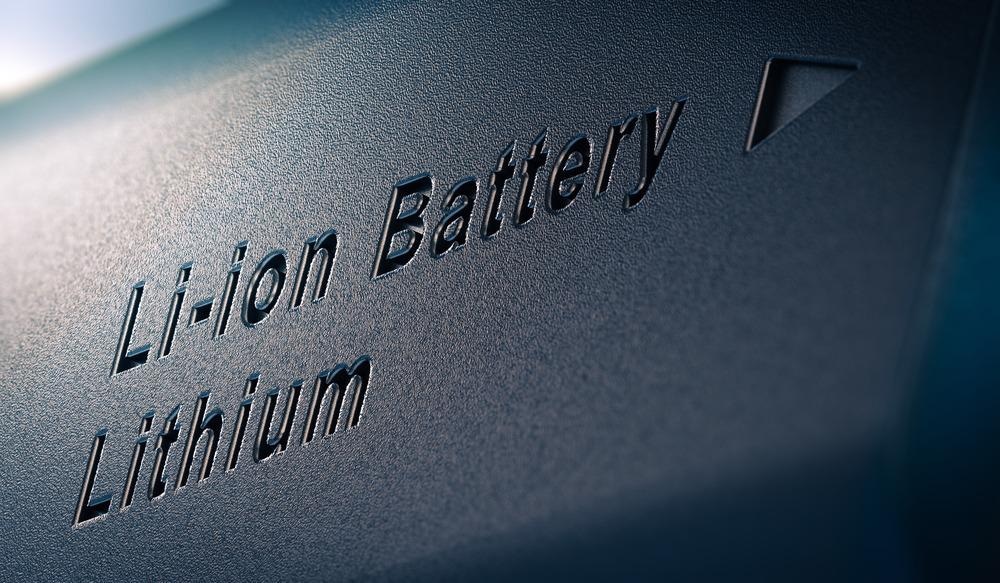In the last several decades, reusable battery packs have played a significant role in advancing the present technology. However, initially created materials with low volumetric capability and short cycle life continue to control the lithium-ion industry. Research published in the journal Nano Energy hopes to address this issue.

Study: A microstructure engineered perovskite super anode with Li-storage life of exceeding 10,000 cycles. Image Credit: Olivier Le Moal/Shutterstock.com
Here, researchers proposed a lithium-ion conducting polycrystalline substance as a novel anode material. When compared to standard anode materials, this newly designed material displayed remarkable properties after carbon coating and in-situ Ni-exsolution.
Importance and Limitations of Li-ion Batteries
The creation and practical deployment of reusable lithium-ion batteries (LIBs) during the last thirty years have virtually crushed various other rivals in the industry.
Although it is commonly accepted that developing improved electrode materials is critical to upgrading lithium-ion electronics, traditional materials such as lithium cobalt oxide (for the cathode) and carbon atoms such as graphite (for the anode) continue to dominate novel electrode materials.
This is due to the unique properties of extremely minimal crystal volume change (10% for graphite, 2% for LiCoO2) and a very high-rate capability during ion production and transfer in both of these substances.
Slight tension in the electrode is generally caused by a minor crystal volume change in the active layer, which intrinsically ensures a high cycling battery performance, ranging from hundreds to thousands of cycles. Further compression of the crystal volume change ratio (VCR) to virtually zero is required to increase the limit of one thousand in frequency.
A viable technique for achieving a true zero VCR is to modify the morphology of nanoparticles.
A Criterion for Suitable Anode Materials
As lithiation in conductors and atomic nanocrystals invariably results in more than 200 percent volume expansion, the near-zero-VCR requirement prevents Si, P, Bi, and Sn from being used in effective battery packs.
Although, they may be used in tiny amounts with alternative electrode materials like graphite.
TMOs, Li2TiO5, and MoS2 are also excluded from the near-zero-VCR criteria since their lithiation is a transformation process that results in permanent phase transition and a high-volume increase (over 80 percent).
Only electrolyte ionic compounds and graphite with hybrid covalent bonds are appropriate anode materials after using this filtering criterion.
Another less severe requirement for qualifying a viable operational anode than the near-zero-VCR is its volumetric capability.
The volumetric capability is more crucial for building a small battery than the commonly used mass-specific performance.
A Novel Perovskite-Type LLTN Anode Material
Widely known as a superior lithium-ion transport material, the ABO3 perovskite-type LLTO compound exhibits exceptional ionic conductance at ambient temperature and is used as a counter electrode in all-solid-state rechargeable batteries; it is now being investigated as a potential lithium-ion storage material.
In this study, the researchers employed a B-site doping approach in the first part of this investigation, altering the chemistry from usual LLTO to LLTN to generate oxygen vacancy in the crystal framework.
As part of the second step, they coated the LLTN nanoparticles with carbon and placed them in a reducing atmosphere, which caused in-situ Ni exsolution from the substance, resulting in a large number of nano-Ni protuberances on each molecule.
Research Conclusions and Prospects
To conclude, LLTN@C containing exsolved nickel particles and a vacancy-rich interface is presented as a very robust, low-voltage, and quick charging LIB anode material.
It has been shown that in-situ exsolved Ni particles can attach to the interface of a polycrystalline platform, therefore improving the dynamics of charge transport substantially.
According to the results of the in-situ XRD and DFT computations, the numerous voids created may increase electronic conductance and offer extra lithium storage facilities with little or no increase in overall volume.
As a result, the LLTN@C sample has a large reversible capacity while also having a low working voltage (about 1 V).
When operating at current densities, the capacity can maintain 180 mAh g1 over 10,000 cycles with minimal loss of performance. Additionally, this LLTN@C has excellent low-temperature performance as well as anti-overcharge capabilities. This paper presents a unique intercalation-type anode that is very long-lasting, as well as a fresh insight into the process of vacancy storage.
Continue reading: Ultra-Fast Carbon Electrodes for Revolutionary EV Battery Performance.
Reference
Wang, J. et al. (2022). A microstructure engineered perovskite super anode with Li-storage life of exceeding 10,000 cycles. Nano Energy. Available at: https://www.sciencedirect.com/science/article/abs/pii/S221128552200057X
Disclaimer: The views expressed here are those of the author expressed in their private capacity and do not necessarily represent the views of AZoM.com Limited T/A AZoNetwork the owner and operator of this website. This disclaimer forms part of the Terms and conditions of use of this website.